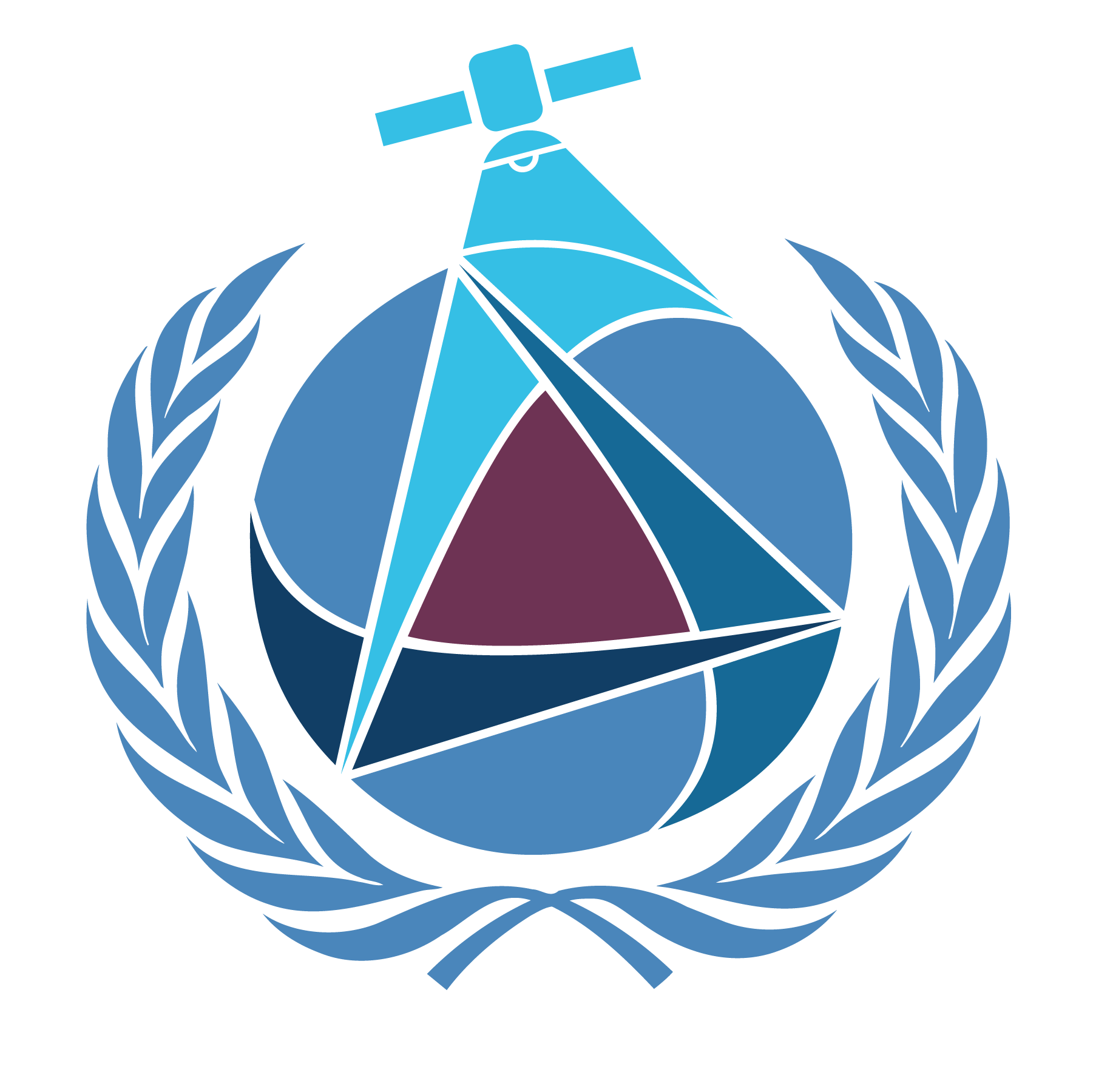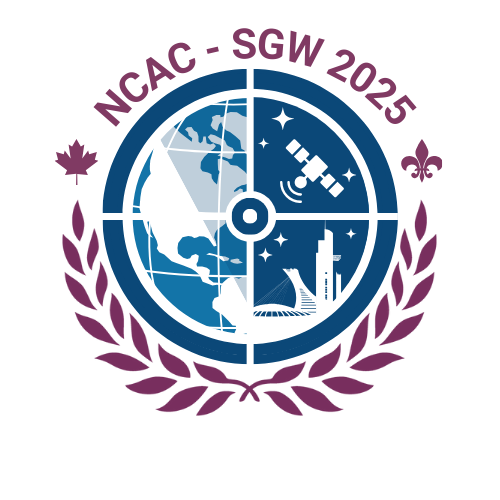Remote Sensing (RS)
Lead: Victor Hertel ([email protected])
Overview
Earth Observation (EO) through Remote Sensing (RS) satellites is becoming increasingly vital to Earth development activities due to the abundance of data, large coverage area and short temporal resolution provided, and its cost-effectiveness. RS satellites provide images at various wavelengths that assist in a variety of applications, from deformation monitoring, to near-immediate response to a disaster event and the recovery and reconstruction efforts following it, to agriculture and vegetation mapping, to name a few.
The applications of these technologies have direct impacts on the SDGs n. 1, 2, 4, 6, 7, 9, 11, 12, 13, 14, 15, and 17.
Key Application Areas
Disaster Management
Organizations involved in building resilience towards potential disaster situations, and assisting in relief efforts following disaster events, require access to actionable data. RS technology is able to provide such organizations with an overview of any given area on the globe, no matter how remote. This is vital for providing resilience to remote communities, and crucial information post-disaster when land access is not possible. RS technologies are able to have direct impacts on SDGs n. 1, 9, 11, 13, and 15, with indirect impacts on all the remaining SDGs.
Land Use
From the built environment, to agricultural and livestock pastures, and everything in between, RS technology can be leveraged to improve knowledge used to make decisions on the ground. Crop management, for example, – from knowing when to sow seeds, to knowing when to harvest – can be improved when local knowledge is combined with RS technology. Large, potentially difficult to manage farmlands can be captured in single acquisitions from satellite-based RS sensors. This is able to provide farmers and managers with an overview of their lands and crops, and information on when to sow and harvest for optimum yields. This has direct impacts on the SDGs n. 1, 2, 6, 7, 9, 11, 12, 13, and 15, with indirect impacts on SDGs n. 3 and 8.
Earth’s Water
Water on Earth can be found in it’s liquid, gas, and solid state – from the seas, oceans, even underground, to water vapor in the atmosphere, to ice. Observing the changes to these elements allows for tracking of both long-term changes as well as sudden-onset, fast-paced changes. RS technology can assist in providing data relevant to managing the health of water bodies, especially freshwater for consumption, or monitoring changes in natural patterns such as ocean currents due to natural climate oscillations, or climate change. Monitoring of ice is vital as glacial melt could contribute to over 50 meters in sea level rise. Of course, this is a catastrophic example, but it gives the notion of how important monitoring of the Earth’s cryosphere is. Due to the inhospitable environments in which most of the planet’s ice is found, RS technology provides an optimal method by which to track changes. Direct impacts are found on SDGs n. 6, 11, 13, and 14.
Earth’s Atmosphere
In order to track and predict weather, as well as the climate, it is necessary to observe the Earth’s atmosphere. Satellite-based RS sensors provide the optimum setting for doing so as they provide an overview of what is going on in the skies above us, with short temporal resolution. For us on Earth, it allows for preparation for certain conditions, such as a storm. It also provides insight into the impact that human activity is having on our planets atmosphere. This has direct impacts on SDGs n. 7 and 13.



